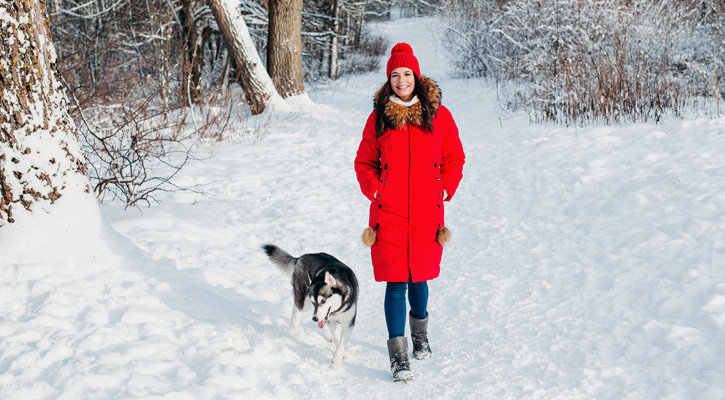
Planning a trip to Germany in the winter requires a good wardrobe to stay warm and comfortable. It would be best if you focused on layering to adapt to the changing weather throughout the day. This approach provides flexibility and helps you manage varying temperatures.
Choose a warm, waterproof coat as your outer layer. It guards you against rain and snow.
Underneath, opt for sweaters, thermals, and other insulating garments to keep yourself cozy. Don’t forget a hat, gloves, and scarf. These small items make a big difference when the temperatures drop.
Footwear matters, too. Your shoes or boots should be warm and have good traction to handle icy sidewalks.
Waterproof materials are a plus since they keep your feet dry if it’s slushy outside. By picking the right clothes, you can enjoy your German winter adventure comfortably.
Let’s take a more detailed look!
Understanding Germany’s Winter Climate
Germany’s winters are cool and can be snowy, with temperatures dropping below freezing. The climate can vary quite a bit depending on the region, affecting your clothing choices. Here’s a closer look at what you can expect.
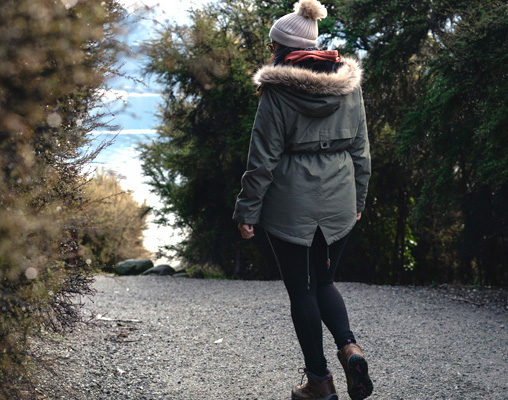
Average Temperatures and Weather Patterns
During winter, Germany experiences a range of temperatures from just above 0°C (32°F) to below -10°C (14°F), depending on the location and the month. December and January are usually the coldest months. Snow is common but not guaranteed, especially in lower-lying areas like the North and Northwest.
You should expect cloudy days with occasional rain or snow, especially in the North. The Southern regions might get more snow, offering picturesque winter scenes.
Wind can make it feel colder than it actually is, so windproof clothing is a good idea. Daylight hours are shorter, with the sun setting early, which can make the days feel colder and more overcast.
Regional Climate Variations
Germany’s regions can experience different winter climates that affect what you should wear. The North, closer to the North Sea, tends to be milder but wetter, with frequent rain and occasional snow.
The Central and Eastern parts get colder with more frost and sporadic snowfall.
In the South, particularly in Bavaria and the Bavarian Alps, it’s colder with a higher chance of snow, perfect for winter sports like skiing.
Urban areas like Berlin can have chilly winds. Layering your clothes is key to adapting to these regional differences. Keeping a flexible wardrobe will ensure you stay warm and dry during your trip.
Essential Clothing Items for German Winters
Germany in winter can be quite chilly, so it’s important to dress properly. Focus on layers, warm outerwear, and cozy accessories for the best protection against the cold.
Layering Basics: Thermal and Wool Layers
Start with thermal layers to keep warm. These are thin, insulating clothes you wear under your main outfit.
Thermal tops and bottoms are great because they trap heat. You can find these in synthetic materials or merino wool, which is softer and breathes better.
Next, add wool layers, like sweaters or cardigans, for added warmth. Wool is ideal due to its insulating properties. It’s also good at wicking moisture, keeping you comfortable even if you sweat.
Tips:
- Wear a thermal base layer.
- Choose wool for its warmth and moisture-wicking abilities.
- Layer with a purpose for better warmth retention.
Outerwear: Coats, Jackets, and Parkas
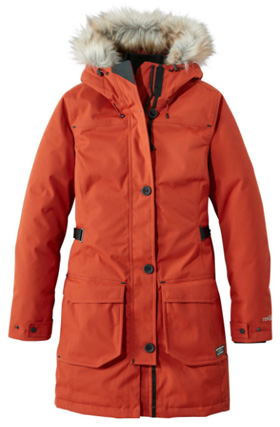
A winter coat is a must-have. Look for insulated coats made with down or synthetic fillers. These offer great warmth for cold days.
For wind protection, a parka is a good choice. Parkas are longer and cover more of your body, which helps against wind chill. Waterproof jackets are also recommended, especially if it’s snowing or raining.
Choose a coat or jacket that fits well over your layers. This helps trap body heat and keeps you warm.
Consider:
- Insulated coats for warmth.
- Parkas for wind protection.
- Waterproof options for wet weather.
Don’t miss: Why are Parkas so Expensive? Do You Really Need One?
Accessories: Hats, Gloves, and Scarves
Accessories keep you cozy when it’s cold. A warm hat is essential. Choose one that covers your ears to prevent heat loss. Wool or fleece linings add extra warmth.
Gloves protect your hands from the cold. Look for waterproof options if you’ll be outside a lot. Mittens are warmer than gloves because fingers stay together, but gloves offer better dexterity.
A scarf is useful for keeping your neck warm. Wool scarves provide excellent warmth. You can wrap it around your neck and over your face if the wind picks up.
Suggestions:
- Wear a hat that covers your ears.
- Choose mittens or gloves based on the activity.
- Use a scarf for additional warmth and wind protection.
Footwear Recommendations
Choosing the right footwear for winter in Germany is important to keep your feet warm and dry. Investing in both waterproof boots and insulated shoes ensures comfort and protection from the elements.
Don’t miss: 7 German Hiking & Winter Boot Brands: Our Top Picks
Waterproof Boots for Snow and Rain
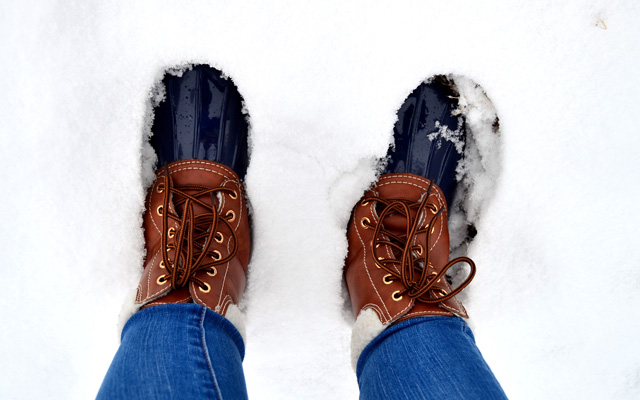
When exploring Germany in winter, you will often encounter snow and rain. Waterproof boots are essential to keep your feet dry in these wet conditions.
Look for boots with a sturdy sole to prevent slipping on icy surfaces. Lined insides offer additional comfort and warmth. Ankle-length boots provide enough protection without being too bulky.
Consider boots with Gore-Tex or other waterproof materials, as these are effective in repelling water. Lace-up styles often offer a more secure fit than slip-ons. Don’t forget to wear thick socks for extra insulation.
Insulated Shoes for Everyday Wear
Insulated shoes are perfect for daily activities during the winter months. These shoes keep your feet warm without the bulk of heavy boots, making them ideal for casual outings.
Look for shoes with a thermal lining to trap heat. Memory foam soles can improve comfort during long walks. Opt for materials like leather or suede for added style and durability.
Ensure your shoes have a good grip, especially when walking on slippery city streets. Moccasin-style or lined sneakers are popular choices that combine fashion and function, keeping your feet warm while looking stylish.
Dressing for German Winter Occasions
In winter, Germany presents various occasions that require specific attire. Whether you’re exploring cities, attending formal events, or enjoying outdoor sports, you’ll need different outfits to stay warm and stylish.
Casual Wear for City Exploring
When exploring German cities in winter, layering is key. Start with a thermal base layer to trap warmth. On top, a wool sweater adds insulation, followed by a waterproof jacket for protection from snow and rain.
A pair of jeans or woolen pants keeps your legs warm. Don’t forget a hat, scarf, and gloves to shield against the cold. Comfortable boots with good grip are important for walking on icy pavements.
Accessories like a crossbody bag keep your belongings safe and your hands free. Consider adding thermal socks for extra warmth. Remember, style doesn’t have to suffer for comfort.
Formal Attire for Events and Dining
For formal events, you’ll want to look elegant as well as stay warm. Men can opt for a wool suit or a tuxedo, paired with a crisp button-down shirt and a warm coat.
Women might choose a long wool dress or a classy two-piece outfit with a sophisticated blazer. A stylish shawl or a scarf can add flair while keeping you cozy.
Footwear should be elegant but practical, like leather shoes or ankle boots. Accessories like elegant earrings or watches complement formal looks while adding a touch of personal style.
Warm, luxurious gloves can add both style and warmth when traveling to and from events.
Don’t miss: 10 Best Expensive & Luxury Winter Jacket Brands
Outdoor Apparel for Winter Sports
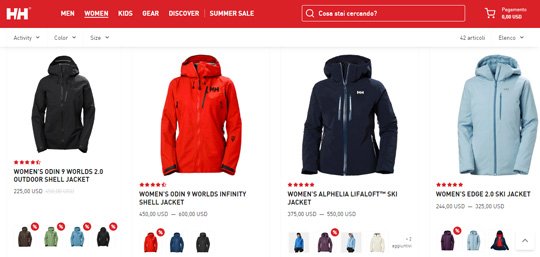
For those hitting the slopes or engaging in other winter sports, proper gear is essential. A quality ski jacket and pants are crucial. These should be insulated and waterproof to protect against snow and wet conditions.
Thermal base layers are important for temperature regulation. Ski gloves, goggles, and a helmet are important for safety and comfort. A sturdy pair of ski boots ensures stability.
Use wool socks to keep your feet warm. Don’t overlook a neck gaiter to shield your face from cold winds. Choose gear in bright colors for visibility. This way, you’ll remain safe and warm while enjoying the winter sports Germany offers.
Don’t miss: 11 European Brands for Outdoor Enthusiasts: Our Top Picks
Practical Tips for Comfort and Style
To stay comfortable and stylish during Germany’s cold winter, focus on choosing the right fabrics, layering efficiently, and picking suitable colors. These strategies ensure warmth without sacrificing your look.
Keeping Warm with the Right Fabrics
Choosing the right fabrics can greatly affect your comfort. Wool and cashmere are excellent choices since they offer warmth and are breathable. Merino wool is especially good as it doesn’t itch and regulates body temperature. Fleece and down materials in jackets can provide additional insulation against the cold.
Avoid cotton for outer layers as it traps moisture and can make you feel colder when it’s wet. Look for water-resistant coats to fend off the occasional rain or snow. Focus on quality fabrics that offer warmth and durability.
Layering without the Bulk
Layering is key in winter, but it doesn’t have to be bulky. Start with a base layer of thermal or moisture-wicking material to keep dry. Add a mid-layer like a sweater or fleece for warmth. Over that, wear an insulated or down jacket.
Use lightweight layers to avoid feeling weighed down. Consider thin undergarments that provide warmth without bulk. Smart layering keeps you warm outside while remaining comfortable indoors.
Accessories like a scarf, hat, and gloves can add warmth without adding bulk, ensuring flexibility and comfort all day.
Color Coordination for Winter Wardrobe
Color choices can impact your style as well as your mood during the dark winter months. Classic colors like black, navy, and grey are versatile and easy to match with any outfit. They work well as base colors for jackets and trousers.
Incorporate pops of color with accessories like scarves or hats. Warm tones like red or mustard can add energy to your look. Using layers of similar shades can create a sleek, monochromatic style.
Think about what colors make you feel good while also considering what looks best in winter light.
